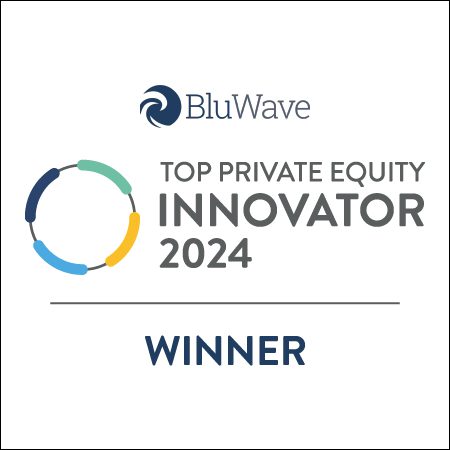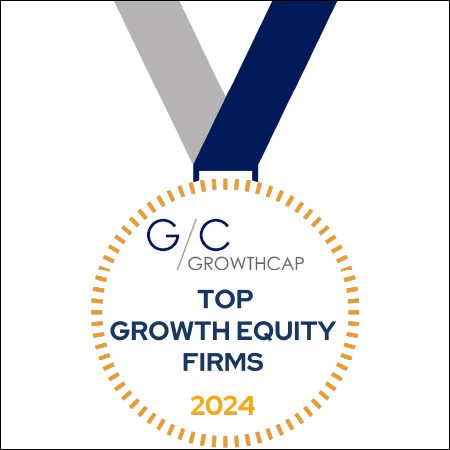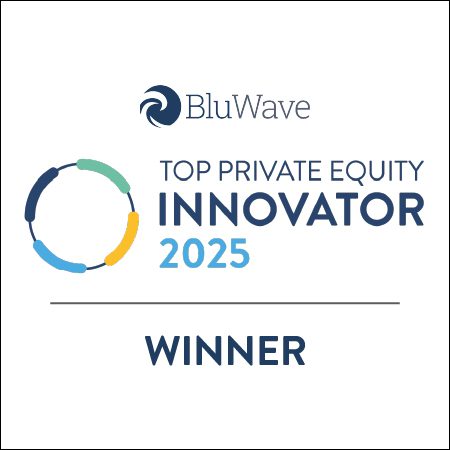By: Bob Morse
Amidst the claims about artificial intelligence that surround us all today, what can we confidently say at this early moment? The first step is to choose the right frame. This comes from Joseph Schumpeter, the pioneer of entrepreneurship economics, who wrote in 1942:
“Innovation is the market introduction of a technical or organizational novelty, not just its invention.”
That is, we can frame the collection of inventions we refer to as “AI” as distinct from the innovations that result from their introduction into the market as commercial products. Invention is about creating new capabilities, whereas innovation turns those capabilities into tangible value.
Schumpeter developed the concept of “creative destruction,” or the process by which new innovations destroy long-established practices. Creative destruction is a driving force of growth in a capitalist economy. Today, AI is that engine of creative destruction. It is an amazing invention that allows things to be done that were not possible before. AI right now is moving from invention to innovation, following the pattern of classic business transformations.
- The steam engine was an invention, and the steamship was an innovation, as it used that engine to open inshore waterways and transform trade.
- The internal combustion engine was the invention; the Model T assembly line was the innovation.
- Oversimplifying a lot, Steve Wozniak, who created Apple’s original PC hardware, was the inventor; Steve Jobs, who created a mass market product through design, marketing, and distribution, was the innovator.
Right now, AI is the invention. Google’s CEO has ranked it alongside fire and electricity. The question is where we can put it to work to solve a problem with some economic value. It can be as simple as something that saves some time on a repeated task, or as novel as a medical breakthrough.
Let me share one recent example of turning AI inventions into innovative services from our portfolio at Strattam Capital. Netstock provides supply chain planning software. Companies use Netstock to forecast demand, avoid stock-outs and reduce excess inventory. It is a SaaS application that an analyst uses to optimize and re-order inventory in real time.
A challenge for customers is that performing inventory analysis requires significant training for the user to understand the trade-offs and to adapt to changing conditions. In the past, only experienced staff knew enough to correctly resolve the choices between too much and too little inventory. But AI is well-suited to analyze data on successful and unsuccessful choices. Netstock built a customer AI tool to do this work based on its trove of data, both past and constantly updating.
Netstock applied AI to expand the set of users beyond those with deep supply chain expertise. It created a conversational AI experience, the Netstock Opportunity Engine, that makes a specific recommendation to the user in natural language. The user receives a proactive message such as: “You’ve ordered too much of item #7971, you should cancel that order and save $7,800.” The user can still verify the analysis directly, and that has built trust in the recommendations over time.
Customers love this AI functionality. Users appreciate the time it saves and the improved outcomes it delivers. It has changed how they work with the software and how they manage their inventory. Recently, Netstock received top recognition for this tool from an independent, tell-it-like-it-is review.
The Opportunity Engine is included in the standard offering, introducing the invention to customers in an easy-to-adopt format. Netstock has delivered more than 825k opportunities to customers since its release. In late January, Netstock unveiled its new AI Pack, additional AI capabilities that allow users to interpret dashboards and analyze and troubleshoot individual items. Netstock is now charging for these capabilities and generating incremental revenue – moving from invention to innovation.
The framework of innovation vs. invention can also help to explain why we hear such a wide range of opinions about AI, from effusive and idealistic to skeptical, and at different points on the spectrum from inventor to innovator. Many are writing about AI as an invention, including Mustafa Suleyman in his book The Coming Wave. In contrast, the start-up economy has produced some coverage of AI as an innovation, as in an essay by Elliot Greenwald of Sierra that describes changing the market pricing for AI solutions from a seat-license model to an outcome-based model.
But AI as innovation has not yet arrived as the main event in private equity, where capital values proven business models, not just the promise of innovation. I have asked each of the technology bankers I have met over the past several months, “Have you seen anybody in private equity make money on AI yet?” Without exception, the answer is “No.” One banker said, “AI is not even in our valuation matrix, because it is not showing up in the income statement.” When we explained how one of our companies is in fact selling their new AI offering with real uptake by customers and that it has accelerated revenue growth, the banker replied, “Well then, you are in the 1% of companies.” What this suggests is that the market introduction of AI – the innovation – is still so early that the capital markets aren’t seeing it show up in financial statements in any broad or consistent way. Instead, markets are tracking the trend and watching to see when innovations mature. It is still early days.
So, this is where we find ourselves at this moment. AI is by any measure the major invention of the day. For those of us leading, investing in, or developing businesses, the opportunity of the moment is to translate that invention into innovation. The fact that AI is not “ready for prime time with our customers” is not the problem. It is the opportunity. AI inventions are broadly available now to us all, and the insight about how to apply it to a business problem is the entrepreneurial moment for each of us and our organizations. Where can you use it to solve a problem you understand?
An entrepreneur is not someone who starts a company or gets angel financing. It is someone who puts an invention to work to produce a market outcome. Or, as Schumpeter writes: “The function of entrepreneurs is to reform or revolutionize the pattern of production by exploiting an invention.” Have you put AI to work on some activity that makes a difference to your revenue or cash flow? Well, if you have, you belong to that group Schumpeter so admired. In other words, congratulations – you are an entrepreneur.
Written By: Bob Morse
Co-Founder & Managing Partner, Strattam Capital
May 2025















